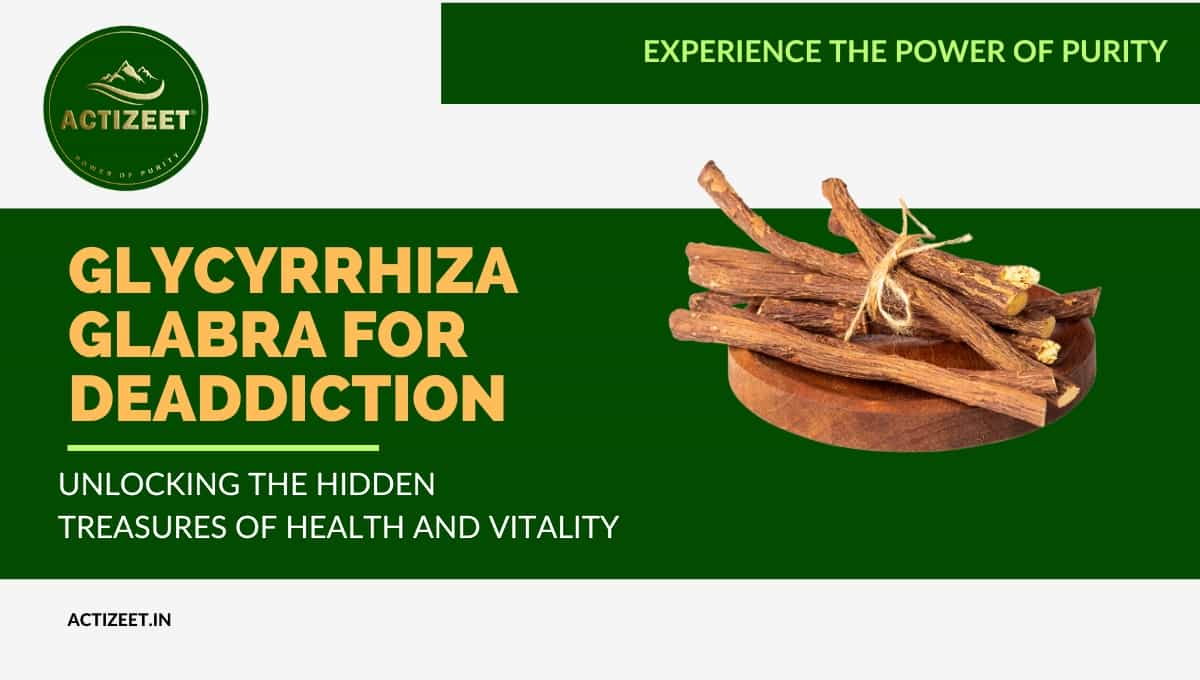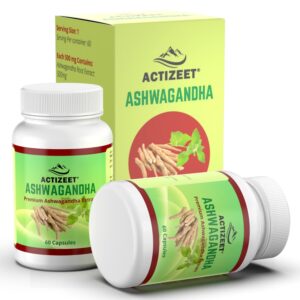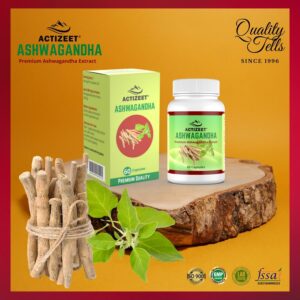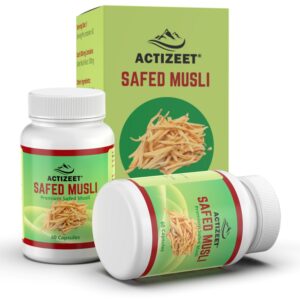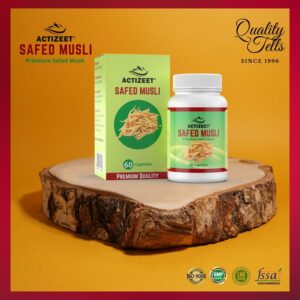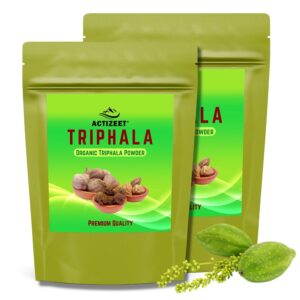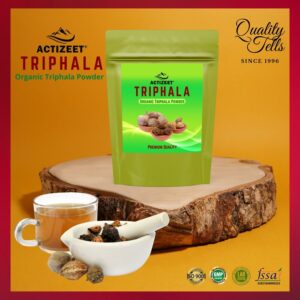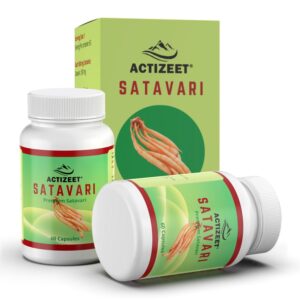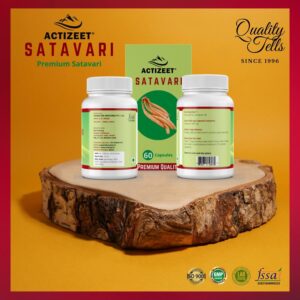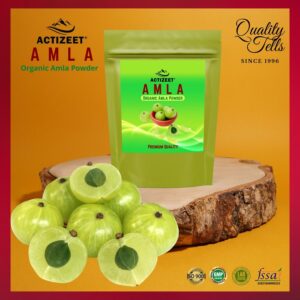Ah, Glycyrrhiza glabra, better known as licorice! This herbaceous perennial plant hails from the fabulously diverse legume family. With its lustrous green leaves and purple to pale blue flowers, it graces us with a visually pleasing sight.
Originating in the Mediterranean region and parts of Asia, licorice has been cultivated for centuries. The licorice plant is no ordinary herb; it possesses a woody root that is packed with potent properties.
The root can grow quite deep into the earth, delving up to one meter below the surface! This invaluable characteristic allows it to absorb essential nutrients from various soil types.
Table of Contents
ToggleHistorical usage in traditional medicine
Licorice has an illustrious history in traditional medicine that spans over thousands of years. Ancient civilizations like the Egyptians and Greeks revered this powerhouse plant for its therapeutic qualities. Cleopatra herself was said to have used licorice root as part of her beauty regimen!
In traditional Chinese medicine (TCM), this sweet root holds a cherished place. It is believed to harmonize imbalances within the body and strengthen overall vitality.
It’s like a gentle guardian angel watching over your well-being! Licorice has also been used extensively in Ayurveda, where it is known as “Yashtimadhu,” meaning sweet stick.
Throughout time, licorice has been utilized for various ailments ranging from digestive issues to respiratory problems. Its natural sweetness makes it appealing not only for its medicinal benefits but also as a delicious treat!
So next time you enjoy a piece of licorice candy or reach for some herbal tea with that distinct flavor, remember that you are tapping into ancient wisdom passed down through generations. Let’s delve into the chemical composition and pharmacological properties of this remarkable plant, shall we?
The Chemical Composition of Glycyrrhiza glabra: Nature’s Potent Arsenal
Glycyrrhizin: The Sweet Powerhouse
Step aside, sugar! Glycyrrhiza glabra holds the crown for natural sweetness. At the heart of this herbaceous wonder lies glycyrrhizin, a compound responsible for its distinct sugary taste.
But glycyrrhizin isn’t just a flavor enhancer; it possesses an array of remarkable effects on the body. When ingested, glycyrrhizin has been found to exhibit anti-inflammatory properties, making it a valuable asset in various medicinal applications.
By inhibiting inflammatory enzymes and reducing the production of inflammatory molecules, it acts as a soothing balm for ailments such as sore throats or gastrointestinal discomfort. Furthermore, research suggests that glycyrrhizin may act as an expectorant and cough suppressant due to its ability to loosen mucus and reduce irritation in the respiratory tract.
This makes Glycyrrhiza glabra an ideal ingredient for soothing herbal teas during cold and flu season. So sip on this sweet elixir of nature while enjoying its multifaceted benefits!
Liquiritin: Unmasking Skin’s Glow
For those seeking radiant skin with a touch of ancient wisdom, look no further than liquiritin—another gem within Glycyrrhiza glabra. Liquiritin is one of nature’s secret weapons against hyperpigmentation and age spots that can mar our complexion over time.
This magical compound possesses potent antioxidant properties that help combat free radicals—a major culprit behind premature aging. Through inhibiting tyrosinase activity—an enzyme responsible for melanin production—liquiritin helps regulate pigmentation levels, giving your skin that coveted luminosity while reducing the appearance of dark spots caused by sun damage or hormonal fluctuations.
Incorporating Glycyrrhiza glabra-infused skincare products in your daily routine can bestow upon you the gift of a radiant and evenly toned complexion. So let nature’s brilliance work its magic, and embrace the glow within!
Pharmacological Properties of Glycyrrhiza glabra
Anti-inflammatory properties and their potential benefits for deaddiction treatment
Glycyrrhiza glabra, also known as licorice, possesses remarkable anti-inflammatory properties that have been studied and recognized for centuries. This natural wonder contains compounds like glycyrrhizin and liquiritin, which exhibit potent anti-inflammatory effects on the body.
When it comes to deaddiction treatment, these properties can play a significant role in reducing inflammation caused by substance abuse. Inflammation is a common response triggered by the body when exposed to harmful substances or stressors.
For individuals struggling with addiction, chronic inflammation can be a major obstacle in their recovery journey. Licorice’s anti-inflammatory abilities help combat this issue by suppressing the production of pro-inflammatory molecules like cytokines and chemokines.
By doing so, licorice aids in reducing inflammation within various organs affected by substance abuse, such as the liver, lungs, and gastrointestinal tract. This reduction in inflammation not only promotes healing but also alleviates discomfort during withdrawal stages.
Antioxidant effects and their role in detoxification processes
In addition to its impressive anti-inflammatory properties, Glycyrrhiza glabra possesses powerful antioxidant effects that contribute to its role in deaddiction treatment. Antioxidants are substances that protect our cells from damage caused by oxidative stress—a process strongly associated with substance abuse.
Oxidative stress occurs when there is an imbalance between free radicals (unstable molecules) and antioxidants in the body. Licorice’s rich content of flavonoids acts as potent antioxidants that scavenge these harmful free radicals and neutralize them before they can cause further damage to cells and tissues.
This detoxifying action helps restore balance within the body’s internal environment affected by addiction-induced oxidative stress. By reducing oxidative damage, licorice aids in the recovery process by enhancing cellular health and supporting organ functions, such as liver detoxification.
This plays a crucial role in eliminating toxins accumulated during substance abuse and promoting overall well-being during the deaddiction journey. Overall, Glycyrrhiza glabra’s anti-inflammatory properties, antioxidant effects, and immunomodulatory actions make it an invaluable addition to deaddiction treatment.
Its ability to reduce inflammation, combat oxidative stress, and support healing contributes significantly to the recovery process. Incorporating licorice into holistic approaches aimed at reclaiming a healthier lifestyle can provide individuals with additional support during their deaddiction journey and help them achieve long-term sobriety.
Licorice for Alcohol Deaddiction
Overview of alcohol addiction and its physiological effects on the body
Alcohol addiction is a complex issue that affects millions of people worldwide. It is characterized by a compulsive need to consume alcohol despite negative consequences.
This chronic condition can lead to severe physical, psychological, and social repercussions. When consumed, alcohol enters the bloodstream and affects various organs in the body, including the brain, liver, heart, and gastrointestinal tract.
The physiological effects of alcohol addiction are vast. Excessive alcohol consumption disrupts the balance of neurotransmitters in the brain, leading to alterations in mood, cognition, and behavior.
In addition, it damages liver cells and impairs their ability to metabolize toxins effectively. Chronic alcohol abuse can also weaken the immune system and increase susceptibility to infections.
How licorice can aid in reducing alcohol cravings and withdrawal symptoms
Licorice (Glycyrrhiza glabra) has long been recognized for its potential as an adjunct therapy in promoting deaddiction from alcohol. One notable benefit it offers is its ability to reduce both cravings for alcohol and the severity of withdrawal symptoms experienced during cessation. The compounds present in licorice exert their effects by modulating neurotransmitters involved in addiction pathways within the brain.
For example, glycyrrhizin—a major active compound found in licorice—has been shown to interact with gamma-aminobutyric acid (GABA) receptors responsible for controlling anxiety levels and reducing cravings. Furthermore, licorice contains flavonoids that possess antioxidant properties.
These compounds counteract oxidative stress caused by chronic alcohol consumption. By reducing oxidative damage within brain cells, licorice helps restore normal neurotransmitter function that has been disrupted by excessive drinking.
Mechanisms behind licorice’s ability to modulate neurotransmitters involved in addiction pathways
The remarkable ability of licorice to modulate neurotransmitters involved in addiction pathways lies in its interaction with the GABA system. GABA is an inhibitory neurotransmitter that helps regulate brain activity and calms the nervous system. Alcohol enhances the effects of GABA, producing sedative and anxiolytic effects.
Licorice compounds, such as glycyrrhizin, have been found to mimic the action of GABA by binding to GABA receptors. This results in increased levels of GABA activity, leading to a reduction in anxiety and cravings associated with alcohol addiction.
Moreover, licorice also influences other neurotransmitter systems implicated in addiction, such as dopamine and serotonin. By modulating these systems, licorice can help restore balance and alleviate alcohol cravings.
Evidence from studies showcasing licorice’s efficacy in alcohol deaddiction programs
Numerous studies have investigated the potential of licorice for supporting alcohol deaddiction programs. These studies provide compelling evidence for its efficacy. In a randomized controlled trial conducted on individuals with alcohol dependence, it was found that those who received a standardized extract of Glycyrrhiza glabra experienced reduced cravings for alcohol compared to the control group that received a placebo.
Additionally, withdrawal symptoms were milder in participants who consumed licorice extract. Another study examined the effects of a combination therapy consisting of standard medications used for treating alcohol addiction along with Glycyrrhiza glabra extract supplementation.
The results showed significant improvement not only in reducing cravings but also in enhancing overall well-being and quality of life during recovery. These findings suggest that incorporating licorice into comprehensive treatment plans for alcohol addiction may offer promising results by minimizing both physical and psychological hurdles faced during deaddiction efforts.
Licorice for Opioid Deaddiction
Opioid addiction crisis and its impact on public health
The opioid addiction crisis has sent shockwaves through our society, leaving no community untouched. The alarming increase in opioid-related deaths and the devastating consequences it has on individuals, families, and communities have prompted a dire need for effective treatment methods.
Opioids, whether prescription painkillers or illicit substances like heroin, bind to specific receptors in the brain and spinal cord, leading to pain relief but also intense feelings of euphoria. Sadly, this “high” becomes highly addictive, making it challenging for individuals to break free from the clutches of opioids.
Exploration of licorice’s potential role as an adjunct therapy for opioid withdrawal management
Although there is no magic cure for opioid addiction, researchers have been exploring various complementary treatments to help individuals navigate the difficult path of withdrawal and recovery. One such potential ally is licorice (Glycyrrhiza glabra). Licorice contains compounds that interact with the body’s opioid receptors in a unique way.
These compounds are known as flavonoids and triterpenoids. When an individual abruptly stops using opioids, withdrawal symptoms can be excruciating both mentally and physically.
Symptoms such as intense cravings, anxiety, muscle aches, nausea, diarrhea, and insomnia can make it unbearable for someone trying to quit opioids without assistance. Licorice’s interaction with opioid receptors may help alleviate some of these symptoms by modulating neurotransmitters involved in addiction pathways within the brain.
Interaction between licorice compounds and opioid receptors
Licorice contains certain compounds that resemble the structure of endorphins – natural pain-relieving substances produced by our bodies that bind to opioid receptors. These compounds found in licorice can interact with these receptors, activating them to a mild extent. By doing so, licorice may help to reduce withdrawal symptoms by partially occupying the receptors and providing a subtle analgesic effect without causing the intense euphoria associated with opioids.
It’s important to note that licorice’s interaction with opioid receptors is relatively weak compared to actual opioids. Therefore, licorice should not be considered a standalone treatment for opioid addiction but rather as an adjunct therapy to support individuals in managing withdrawal symptoms and facilitating their recovery journey.
Impact on mitigating withdrawal symptoms
One of the most challenging aspects of overcoming opioid addiction is dealing with the overwhelming withdrawal symptoms that accompany cessation. These symptoms often act as significant barriers for someone trying to quit opioids independently.
However, emerging evidence suggests that certain compounds found in licorice may help mitigate some of these distressing symptoms. Licorice’s potential impact on mitigating withdrawal symptoms stems from its ability to regulate neurotransmitters such as dopamine and serotonin, which play crucial roles in mood regulation and overall well-being.
By modulating these neurotransmitters, licorice can assist individuals in managing anxiety, depression, and restless feelings during the challenging phase of opioid withdrawal. Additionally, its anti-inflammatory properties may contribute to reducing muscle aches and discomfort often experienced during this tumultuous period.
While more research is needed to fully understand the exact mechanisms of action behind licorice’s potential role in opioid deaddiction management, initial studies have shown promising results in terms of symptom relief and improved overall well-being during recovery. As part of a comprehensive treatment plan supervised by healthcare professionals experienced in addiction medicine, incorporating licorice into opioid deaddiction protocols could potentially provide individuals with much-needed support throughout their recovery journey.
Licorice for Nicotine Deaddiction
Explanation of Nicotine Addiction Mechanisms
Nicotine addiction is a complex process that involves the brain’s reward system. When we smoke or use other forms of nicotine, the drug rapidly enters our bloodstream and reaches our brain, where it binds to receptors and triggers the release of dopamine—the feel-good neurotransmitter. Over time, our brain becomes dependent on nicotine to maintain dopamine levels, leading to cravings and withdrawal symptoms when we try to quit.
One key factor in nicotine addiction is the role of acetylcholine receptors in the brain. These receptors are involved in various cognitive processes, including reward and reinforcement pathways.
Nicotine mimics acetylcholine and binds to these receptors, causing them to release dopamine. Eventually, long-term exposure to nicotine leads to desensitization of these receptors, which means more nicotine is needed to achieve the same effect.
How licorice can assist in smoking cessation efforts
Licorice root has been gaining attention as a potential aid in smoking cessation efforts. While research is still limited, licorice shows promise due to its potential ability to mimic some effects of nicotine without being addictive itself.
The active compounds found in licorice root have been found to bind with acetylcholine receptors similarly to how nicotine does but with much weaker affinity. By binding with acetylcholine receptors, licorice may help reduce cravings for cigarettes by partially satisfying the brain’s demand for stimulation from these receptors.
Additionally, licorice has traditionally been used as an expectorant and lung tonic due to its anti-inflammatory properties. This could be beneficial for smokers looking to quit since inflammation plays a role in lung damage caused by smoking.
While further research is needed before drawing definitive conclusions about licorice’s efficacy for nicotine deaddiction, early studies have shown promising results. If you’re considering using licorice as part of your smoking cessation efforts, it’s important to consult with a healthcare professional to ensure it suits your individual needs.
Conclusion
In the quest for overcoming nicotine addiction, the potential benefits of licorice are worth exploring. While research is still ongoing, this natural remedy shows promise in assisting smoking cessation efforts. By mimicking some effects of nicotine and aiding in reducing cravings, licorice may offer a helping hand to those looking to break free from their smoking habit.
However, it’s crucial to remember that quitting smoking involves a multi-faceted approach that may include counseling, support groups, and other evidence-based interventions. Licorice should be seen as a complementary aid rather than a standalone solution.
With determination and the right resources at hand, overcoming nicotine addiction is an achievable goal. Embrace the journey towards a healthier life and take solace in the fact that many have successfully quit smoking before you – and so can you!
Related Products
-
Himalayan Shilajit, Pure shilajit, Shilajit, SHUDDH SURYA TAPI SHILAJIT
Rated 4.74 out of 5₹4,950.00Original price was: ₹4,950.00.₹3,950.00Current price is: ₹3,950.00. Incl. GST ADD TO CART Buy Now -
Rated 4.86 out of 5
₹2,400.00Original price was: ₹2,400.00.₹1,600.00Current price is: ₹1,600.00. Incl. GST ADD TO CART Buy Now -
Rated 4.82 out of 5
₹2,400.00Original price was: ₹2,400.00.₹1,600.00Current price is: ₹1,600.00. Incl. GST ADD TO CART Buy Now -
Rated 4.84 out of 5
₹2,400.00Original price was: ₹2,400.00.₹1,600.00Current price is: ₹1,600.00. Incl. GST ADD TO CART Buy Now
-
Rated 4.00 out of 5
₹2,400.00Original price was: ₹2,400.00.₹1,600.00Current price is: ₹1,600.00. Incl. GST ADD TO CART Buy Now -
Rated 4.80 out of 5
₹2,400.00Original price was: ₹2,400.00.₹1,600.00Current price is: ₹1,600.00. Incl. GST ADD TO CART Buy Now -
Rated 4.71 out of 5
₹2,400.00Original price was: ₹2,400.00.₹1,600.00Current price is: ₹1,600.00. Incl. GST ADD TO CART Buy Now -
Rated 0 out of 5
₹2,400.00Original price was: ₹2,400.00.₹1,600.00Current price is: ₹1,600.00. Incl. GST ADD TO CART Buy Now
POPULAR PRODUCT CATEGORIES
Related posts:
- Solanum Xanthocarpum: A Natural Solution for Deaddiction
- Pueraria Lobata: Effective Smoking Deaddiction Aid
- Polygala Tenuifolia: The Ultimate Deaddiction Solution
- Tribulus Terrestris: A Natural Remedy for Diabetes
- Moringa Powder: A Natural Remedy for Diabetes?
- Moringa Powder: A Natural Remedy to Melt Belly Fat?
- Berberidaceae for Diabetes: Natural Remedy Revealed
- Emblica Officinalis: A Natural Remedy for Diabetes

